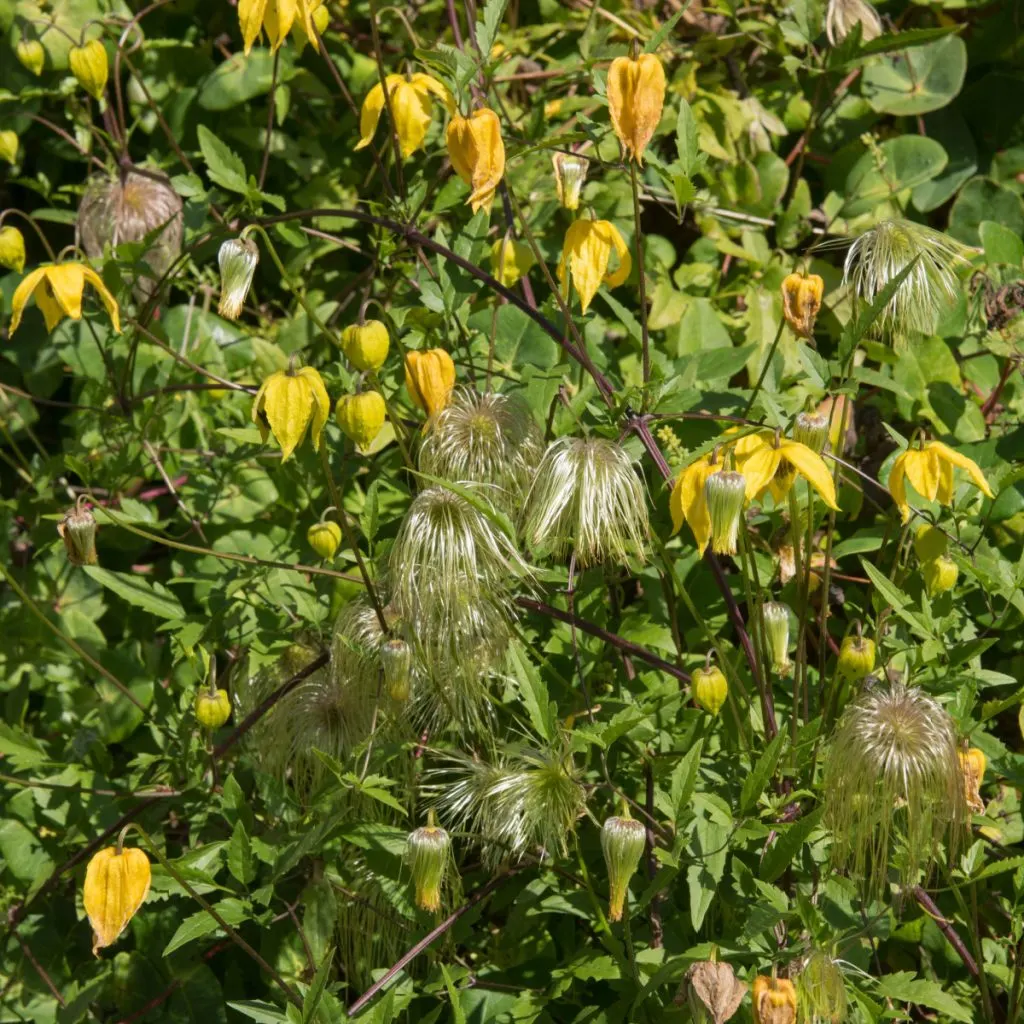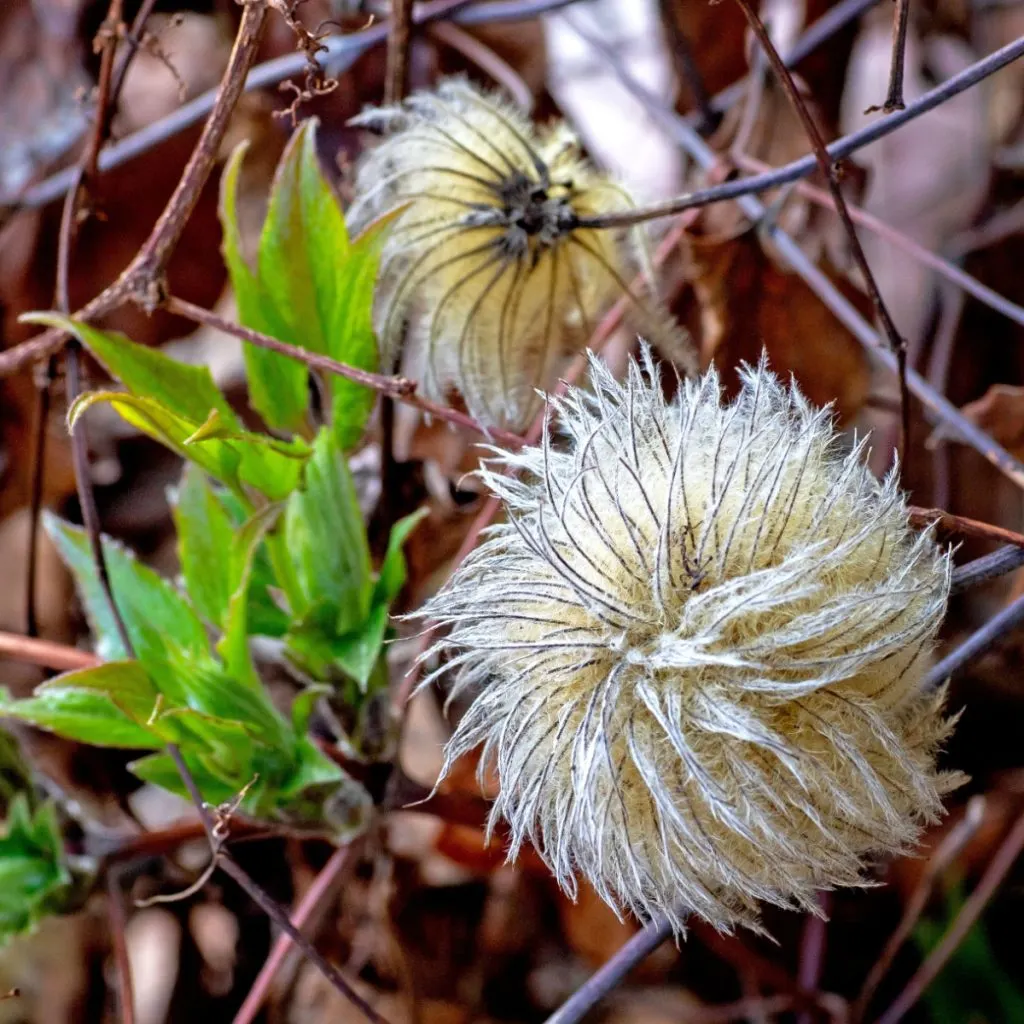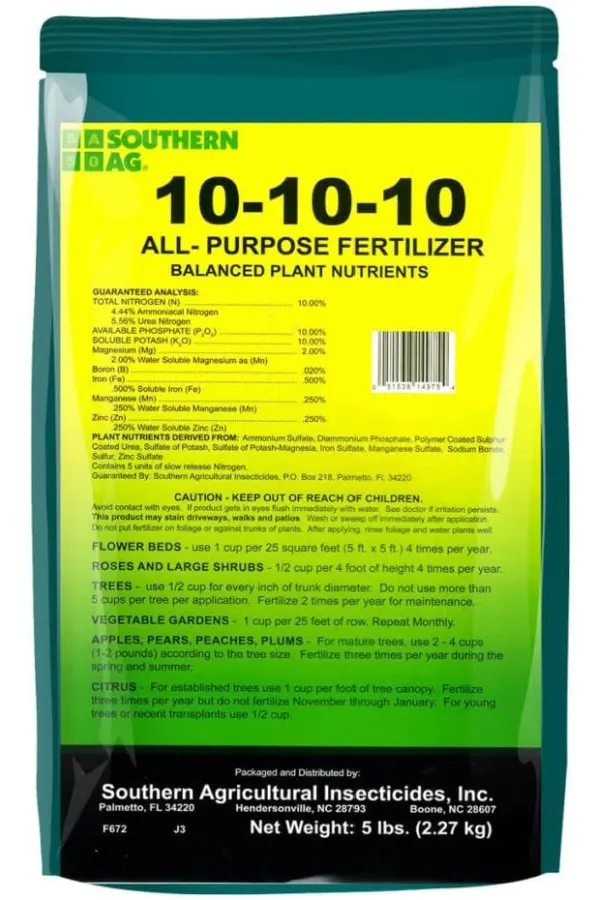Wondering how to care for your clematis in late summer to keep it strong, healthy – and most importantly, ready for even bigger blooms next year?
With its stunning blooms and climbing habit, clematis can quickly become the star of any garden trellis, arbor, or fence. But by late summer, clematis plants start to slow down as their bloom disappear – and their foliage starts to weaken as well. When this happens, it leaves many gardeners wondering what they should or shouldn’t do to help their vines continue to thrive.
The truth is, late summer is a key time for clematis care. And – what you do now can make a big difference in how well your plant performs next year!

Here’s a detailed look at what you should be doing for your clematis in late summer – and just as important, what to avoid to keep from putting your plant’s blooms next year in jeopardy!
Late Summer Clematis Care
Deadheading Spent Blooms
As clematis plants move through summer, many varieties begin to finish up their blooming period. Some later-blooming types may still be flowering, while others are producing seed heads. But either way, as those blooms start to fade, deadheading them is a big key for keeping your plant strong and healthy.
By removing the faded blooms, you stop the plant from spending energy forming seeds. Instead, that energy can be used to support healthy foliage and strong roots. The best part is that deadheading is easy!
Simply use a clean pair of garden scissors or pruners to snip off spent flowers just above a healthy leaf node. This simple task can also help prevent diseases from forming on old, decaying blooms. It will also give your vine a neat appearance going into the fall months. But most importantly, it allows it to store up energy for next season’s blooms!
Watering Clematis In Late Summer
Another important thing you to do for your clematis in late summer is to provide it with steady moisture. Even though the heat of summer may be winding down, the soil can still dry out quickly during hot afternoons or windy days.

Clematis plants have relatively shallow root systems. That means they can dry out faster than deeper-rooted plants. And when they do, it can weaken the plant, hindering its ability to produce more blooms next year.
Water your clematis deeply once or twice a week, depending on rainfall. Avoid giving it daily shallow waterings, which do little to help deep root development. Instead, soak the soil so moisture reaches the roots below the surface. Be careful not to overwater. Too much water can lead to root rot, especially if the soil stays soggy.
Another great task in late summer with clematis is to add mulch around the base of the plant. This will help retain moisture and keep the roots cool. Always leave a few inches of space to keep air flowing and prevent rot.
Fertilize Lightly If Needed
Clematis doesn’t need a lot of feeding in late summer, especially if it has already been fertilized earlier in the growing season. However, if your vine is showing signs of yellowing leaves or looks a bit weak or tired, a small boost of nutrients can help.
Use a balanced, low-strength fertilizer such as a 10-10-10 granular mix. Sprinkle it lightly around the base of the plant. Water it in well after applying. Avoid using a high-nitrogen fertilizer this late in the year, as it can push out new leafy growth that may not harden off in time for colder weather. Affiliate Link: 10-10-10 Plant Fertilizer Slow Release – 10 10 10 All Purpose Granular Garden Fertilizer.

One application in late summer is usually enough if your plant needs a little help. Otherwise, hold off on feeding and let the plant slowly begin to rest and prepare for dormancy.
Pruning For Shape
If your clematis vine is looking wild, tangled, or has a few dead stems, you can do some light tidying in late summer. Use clean, sharp pruners to remove dead or broken branches and to neaten the shape of the vine on its support.
However, it’s very important not to do any heavy pruning this late in the season. Especially if you’re growing an early or mid-season blooming variety. That’s because many clematis types form their flower buds for next spring in late summer and early fall. Cutting the vines back too far now could mean fewer blooms or no blooms at all next year!
If you don’t know what group your clematis falls into, it’s safest to only remove dead or damaged growth and save major trimming for early spring.

Issues For Clematis In Late Summer
Late summer can bring an increase in plant stress, especially with fluctuating weather, insects, and moisture levels. That stress can open the door to disease problems like clematis wilt, powdery mildew, or fungal leaf spots.
Clematis wilt causes sudden collapse of entire stems. If you see this happening, remove the affected parts immediately and dispose of them away from your compost pile. For fungal issues like powdery mildew, make sure the plant has good air circulation and avoid overhead watering.
Pests such as aphids or spider mites may also show up in late summer. If you notice sticky leaves or speckled foliage, inspect closely. Spraying the plant with a strong stream of water or applying an insecticidal soap will usually take care of minor infestations.
Don’t Disturb The Roots
Last but not least, never attempt to transplant or divide clematis in late summer. Clematis plants are sensitive to root disturbance, and trying to dig one up during hot weather or while it’s still actively growing can stress or even kill the plant.
If you want to move your clematis or divide it, wait until late winter or very early spring while the plant is still dormant. That’s the safest time to make major changes to its location.
Here’s to giving your clematis the care it needs in late summer. And even more, to having it bloom bigger than ever next spring and summer! For more on climbing plants in the landscape, check out our article: The Best Climbing Perennials To Plant For Big, Sprawling Flower Power.
This Is My Garden
Follow Our Facebook Page For Great Gardening Tips And Advice! This Is My Garden Facebook Page
This Is My Garden is a garden website created by gardeners, for gardeners. Jim and Mary Competti have been writing gardening, DIY and recipe articles and books and speaking for over 15 years from their 46 acre Ohio farm. They publish three articles every week, 52 weeks a year. Sign up today to follow via email, or follow along!
